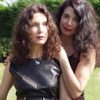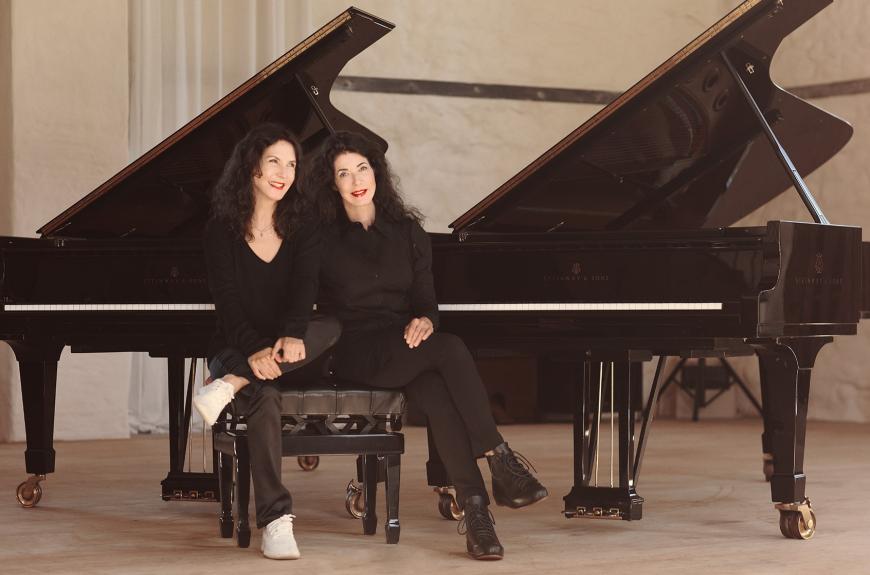
If there’s anything siblings Katia and Marielle Labèque can’t do in the two-piano field, nobody’s told them yet. Indeed, during the course of a career spanning more than 50 years, the classically trained Labèque sisters have also forayed into the worlds of Baroque and jazz, as well as taking deep dives into experimental and modernist genres. As for commissioning scores, they continue to expand the piano-duo repertory, having worked with composers Thomas Adès, Osvaldo Golijov, and the late Louis Andriessen, to name a few.
With their latest piece, Electric Fields, which has its world premiere at Walt Disney Concert Hall Nov. 15, the sisters again tackle new musical territory. Billed as an immersive multimedia concert inspired by the works of Hildegard von Bingen and by the Baroque-era compositions of Barbara Strozzi and Francesca Caccini, Fields is composed by the duo’s longtime collaborators, electronic musician David Chalmin and Bryce Dessner of the National. Designed and directed by Netia Jones, with projections by Lightmap, the work also features the lush sounds of soprano Barbara Hannigan.
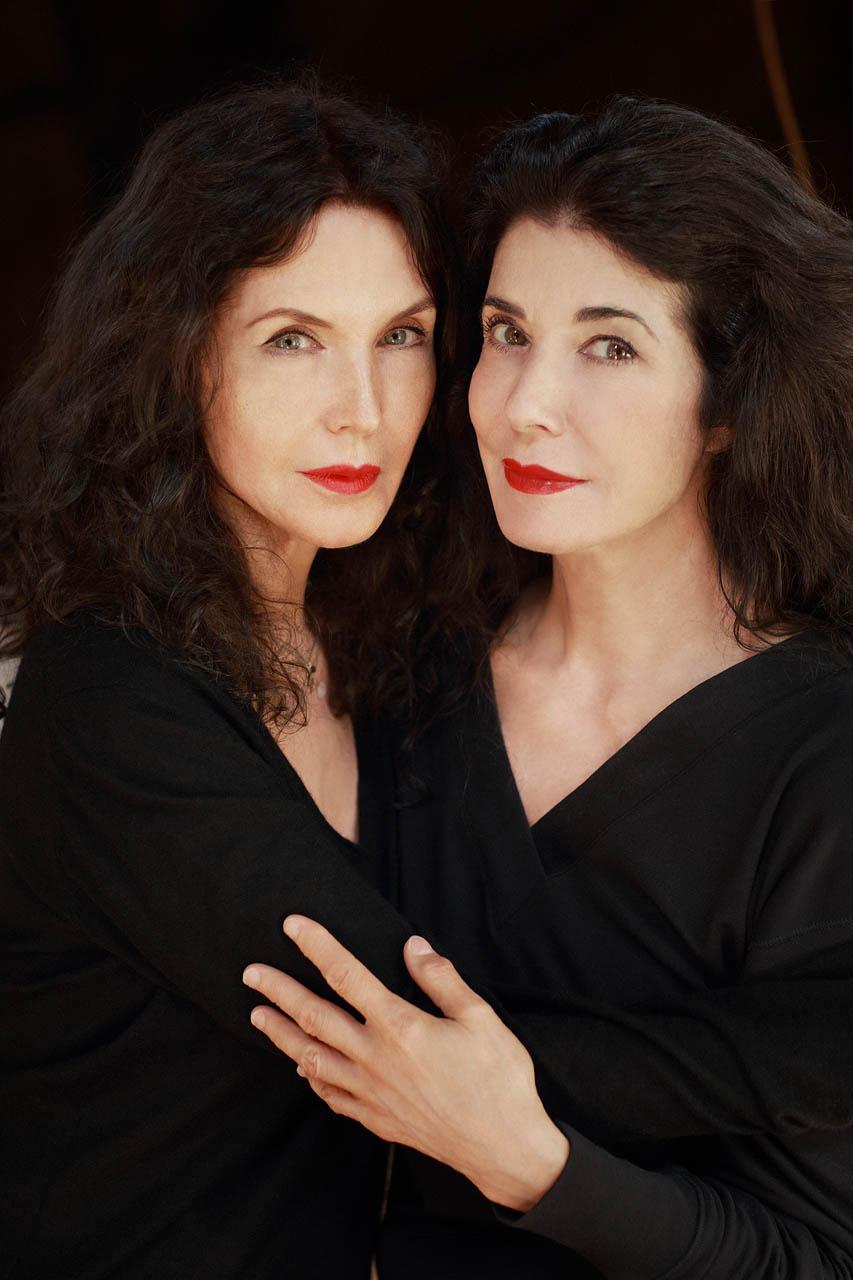
Now 72 and 70, respectively, Katia and Marielle were born in the Basque region of France and were first taught piano by their mother before attending the prestigious Paris Conservatory at the young ages of 13 and 11. Before graduating in 1968, an encounter with Olivier Messiaen, who was teaching there at the time, led to the sisters recording the composer’s 1943 work for two pianos, Visions de l’Amen.
This then led to the siblings working with the likes of Luciano Berio, Pierre Boulez, and György Ligeti. But it was 1980 when the Labèques exploded onto the international scene with their original two-piano arrangement of George Gershwin’s Rhapsody in Blue. It sold half a million copies and launched the pair’s American career, and there’s been no stopping them since.
Having appeared with the most celebrated orchestras of Europe and America, led by conductors including Gustavo Dudamel, Simon Rattle, and Esa-Pekka Salonen, the glamorous French sisters formed their own label, KML Recordings, in 2007 and continue to collaborate with top-tier composers. Among them are Philip Glass, who called the Labèques “tremendous. They’re great performers, and great interpreters.”
In a recent Zoom conversation with the sisters, in Germany for performances of Nico Muhly’s In Certain Circles, which premiered in Paris in July of last year, SF Classical Voice covered a range of topics. From their commitment to and love of new music to talk of the R-word and what their criteria are for commissioning new works, Katia and Marielle Labèque continue to raise the musical bar.
Everybody was impacted by COVID, and Electric Fields was originally set to premiere in October of 2020. What was the genesis of the work, and can you talk about it being inspired by Hildegard von Bingen, Barbara Strozzi, and Francesca Caccini? Why these three women composers?
KL: The idea went from a conversation that started in 2018. We were looking for some composer who could be adapted with an electronic, modern treatment and, in fact, the music goes best with electronic and modern. We looked at [Robert] Schumann, but it does not work. The essence of a Baroque composer, or even an ancient one like Hildegard, was so perfect because it speaks to your imagination, so you can build up quite a lot of things.
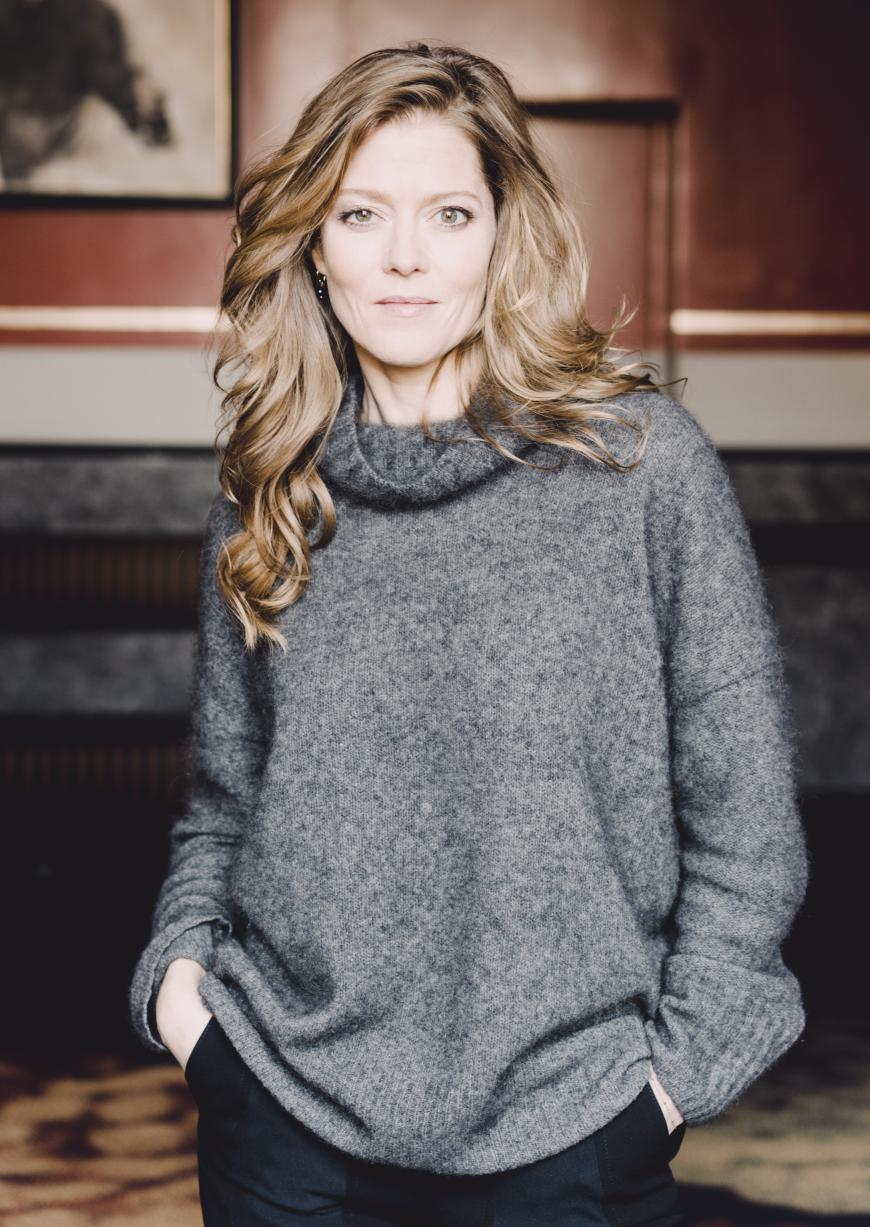
Hildegard’s music plays with silence, with meditation, and Barbara [Hannigan] wanted to improvise with David [Chalmin]. She came early in the morning and was totally seduced and wanted to build something. At the same time, we also wanted to create something altogether, a mix of acoustic instruments, not only electronic music.
ML: To work with Barbara, she is an extraordinary artist. She’s doing so many kinds of things while we are building this project. It was started with David and Barbara, [and] we were supposed to do a concert, but it was canceled because of COVID. We listened to so much music which is good for her voice and which is quite beautiful, but it’s very classical Baroque, and then she does whatever she wants.
KL: She goes wild; she’s an amazing stage animal.
It seems as if Hildegard, who was also a mystic, philosopher, and poet, was light years ahead of her time.
KL: Not only was Hildegard an amazing composer but also a figure of women’s power. She was the first to speak with the Pope and propose that nuns would have their own convent. Nuns were servants of the priests, and she was the first to fight for freedom of women.
She also wrote an amazing book about plants and how to treat yourself with plants and all this science. Her book is a reference for people who want to be treated to a natural thing. For instance, I go totally in this way: I like to know which plant can treat and help [and] the same for essential oils, and Hildegard was doing that in the 12th century. We don’t want to do a gender project, but still it’s based on a woman who had the most courage, a woman who fought for independence and freedom for women.
ML: We wanted to add some other women composers [since] our sisters didn’t have the chance to express themselves. Fanny Mendelssohn, maybe, but much before her Barbara Strozzi was very well known and Francesca Caccini, so we used some of their music.
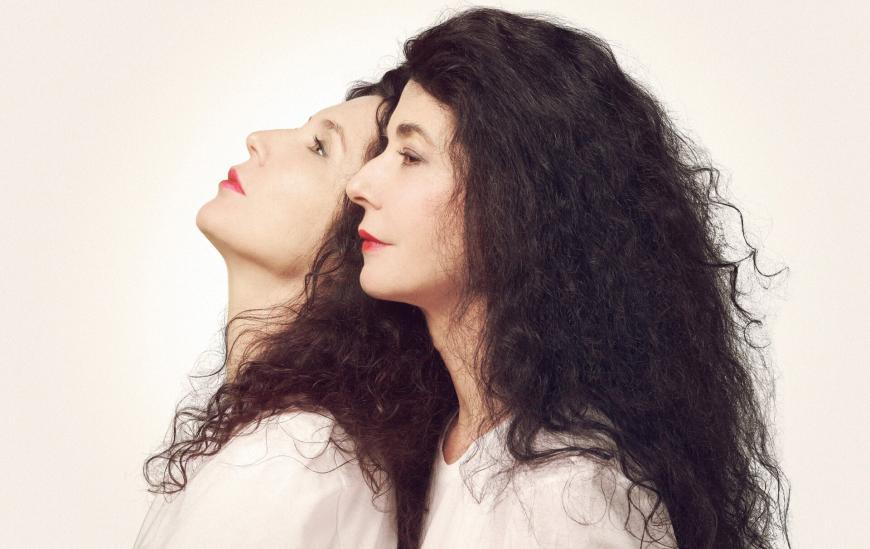
Had you worked with director Netia Jones before, and how did that come about?
KL: We knew we didn’t want to do a recital, not a normal piano and voice and mix of songs and all that. [Los Angeles Philharmonic Chief Executive Officer] Chad Smith suggested Netia. I think that was great because she’s another very strong woman [and] is wonderful to work with. Immediately we got on so well when we met her in 2019. She’s such an inspiration, and I know she will build something beautiful.
Most of the time for classical concerts — except in L.A. — they give you lighting, but there’s no research of lighting because they mostly don’t do that in classical venues. And we know [that] if it doesn’t work in L.A., it doesn’t work.
ML: That was great for the first time to work with a stage director [because] we’re telling a story, but in a different way of presenting. All our life we have been playing concerts, and it’s great, but for this time, it’s something else. It’s about teamwork [where] each of us brings something. We have different roles, but we’re all as important.
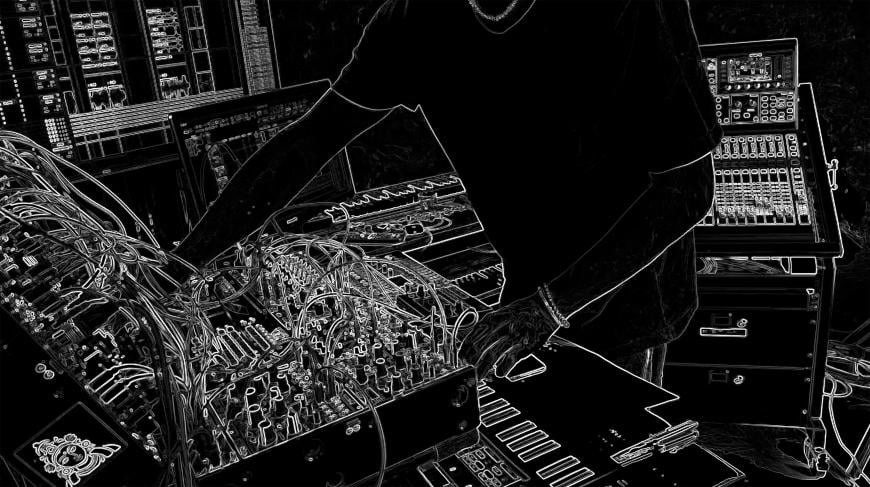
What will the live video feed and mapping projections look like?
KL: That’s a good question. Sometimes Marielle has a solo with Barbara, and in the beginning we improvise. The pianos will be treated at the beginning, [but] we don’t even know what it will look like. Netia’s working like crazy; she’s sending us messages, and we’ve seen some drawings which are spectacular — like the way she wants the piano to be and the way to build the stage.
ML: It’s difficult to describe, [but because] the music from David and Bryce is very different, it’s more in the creation of sounds, and all that is changing every day. The score from Bryce is more precise and with David not so much, but he can do everything.
Not knowing what the concert will look like sounds scary since the performance is fast approaching.
KL: That’s not scary, that’s exciting. We totally trust Netia. And David, for us he’s like a sorcerer, so magical, mysterious. We do know the stage is divided like a square inside the stage, and we are on the side of the square, [and] Barbara will be moving. At the edge [that’s] not part of the stage, one part is David, the other is Netia.
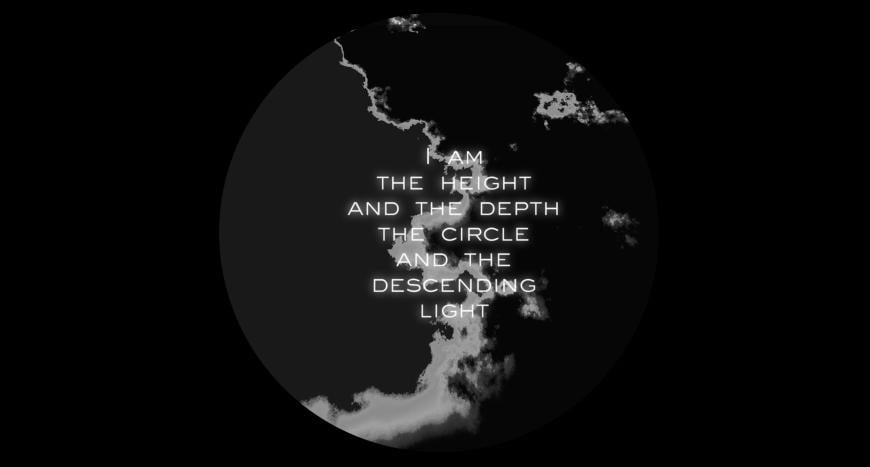
There’s also the issue of wardrobe. In truth, you gals were the first to wear the coolest haute couture on the concert stage, decades before Yuja Wang and her micro-minis and Louboutin stilettos. What will you be wearing at Disney Hall?
ML: I always hesitate; I will ask Netia.
KL: It has to be very simple for this. Netia has created something for Barbara, but she trusts us to bring whatever we want. She did ask us to wear something black, [so] we are not going to wear red dresses with paillettes.
Because your focus in recent years has been on music written expressly for you, what are your criteria when commissioning a work?
ML: We strangely enough don’t talk about anything. We just trust the composer.
KL: We need to love the composer, and we trust them to write what we feel. We’re in Dusseldorf now to play the Nico Muhly [concerto]. We didn’t ask anything. We did the same with Bryce — did you ever think about writing for two pianos? It has to do with friendship, admiration, esteem. We admire Bryce so much.
You also have an ongoing relationship with Philip Glass. He wrote his 2015 Double Concerto for Two Pianos and Orchestra for you, which was premiered at Disney Hall, and in 2020 your recording of his newly arranged two-piano adaptation of his opera Les Enfants Terribles was released.
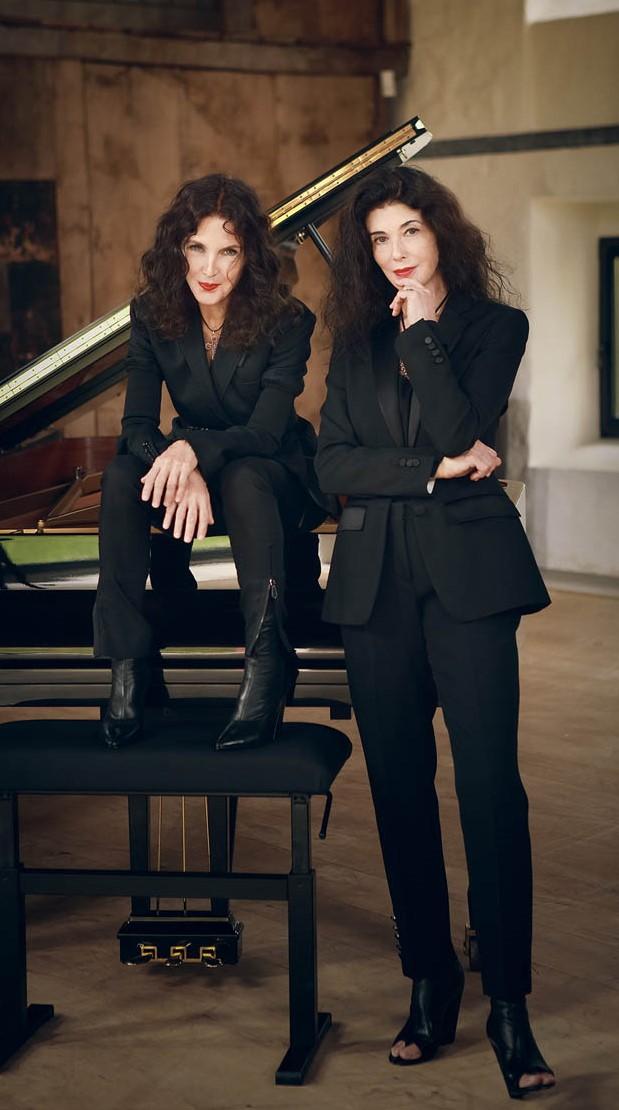
KL: With Philip, we loved his music, we never asked him for anything special, but he always manages to write something special. We would never dare to say, “Write me something like that.” We’re working on a project of the [Jean] Cocteau trilogy. Philip wrote three operas, La Belle et la Bête [1994], Orphée [1993], and Les Enfants Terribles [1996], and we have commissioned Michael Riesman [music director of the Philip Glass Ensemble] to adapt La Belle and Orphée for this project. In Paris in 2024, we’ll do all three operas in one evening. We’ll also have a stage director working on the lighting and the setting.
I’m there! Seriously, what’s your secret to success as performing siblings?
KL: Our secret? We had a lot of discussions about this. I really don’t know. We love each other, we’ve been together for so long, and music has brought us even closer together. We enjoy doing what we do, and I suppose the audience feels that also. Trying to bring new projects, that’s kept us alive. We’re at the age now when artists are playing the same repertory, and we do the total opposite.
ML: It’s something we just work together, so there’s no competition. It’s too late for that, I think. It’s a pleasure to do things, to do new ideas, to find new music. Especially my sister, she loves to discover new things [and] has this amazing energy.
I almost hate to bring this up, but do you ever think about retiring?
KL: Maybe in a few years — as I touch my head and hope to play as much as I can. We won’t be able to play forever, but when we started to play piano duets, it was a little bit forgotten. America was the champion of piano duets, but none were around at this time. It was difficult, but we’re so happy that we had this chance to play with all the best orchestras in the world.
ML: At the end, what keeps us going is making things happen, the desire to be with musicians onstage. If you lose your desire, you’re lost in life.
KL: But there’s no sadness about not playing forever. We had already an amazing life, amazing careers. We hope to play as long as possible, but life will be deciding for us. If we are not playing piano, we have to be very, very old. We hope to be able to play, but once we aren’t able to play, we’ll only be reading and watching movies.


